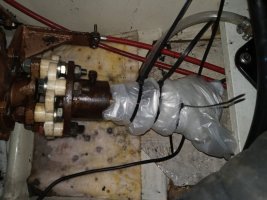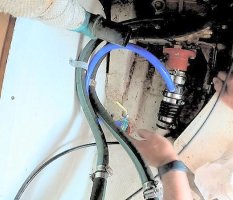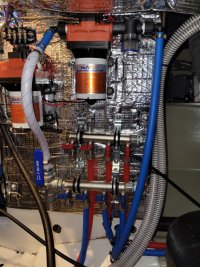Alan Gomes
Sustaining Partner
Yup. I don't care much for dripless seals either, but this guy's criticism of them is way over the top and actually bordering on hysterical.At about the 25 min mark the video really lets the "expert" bloviate. He has opinions mixed with attitudes.
I'm with Ray on this one. I'm using the GFO packing, however. I only rarely have to make an adjustment to it, and when I do it's really easy. (I haven't touched the adjustment in over a year.) I've read that the clay stuff is kind of a pain because it's messy when it comes time to remove it, but I have no first-hand experience with it. I do know that MaineSail really abominates the stuff. But then, he also has some criticism of the GFO packing in terms of potential galvanic damage, especially if one has a bronze shaft. But I've seen no obvious evidence of that on my stainless shaft--so far. Since the GFO works well for me I've seen no reason to look beyond that.




